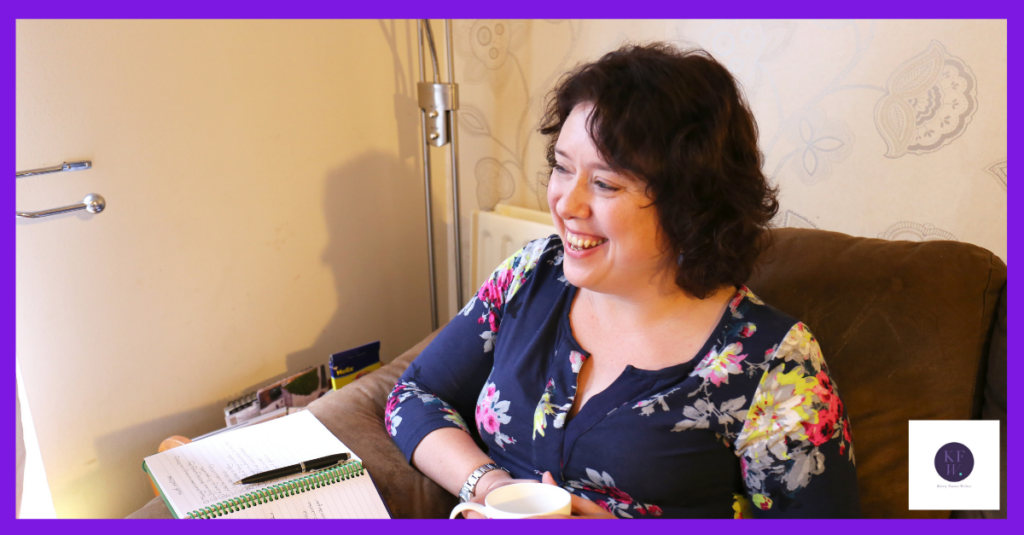
When you repurpose your blog, you take it from being a series of lovely informative posts on your website to a content generating machine. No, I’m not exaggerating. When you’ve gone to the effort of writing a blog post (or getting someone like me to write it for you – https://www.kirstyfrancewrites.co.uk/packages/) why not make it go as far as you can? I’ve written about this before but, as with all things in marketing land, there are other methods that you might not have considered yet. Here are my top 5 favourites.
Create Reels
You don’t have to dance or point to create a good Reel. They can just be good fun. Using your blog as a starting point makes it easier to come up with content ideas. I’ve done a few myself and follow Virginia Kerr for inspiration. You can do tips to camera but if you absolutely don’t want to show your face you can use images too. They’re being rolled out on Facebook as we speak so it could be a good time to give it a go.
Inspire your podcast
If you’re pushed for time the idea of starting a podcast can feel a bit overwhelming. On the other hand, if you’ve already started one you can repurpose your blog and use it for topic ideas. A lot of people who don’t have much time to sit and read will listen to podcasts or audiobooks while they’re out walking or folding laundry. (That’s me if you couldn’t tell.) Do a solo chat about your subject or invite a guest to offer their perspective.
Write a new blog
If your audience really loves reading blogs or you just need new ideas, look to your old blogs for inspiration. If you’ve written a post with 5 tips, choose one and go more in-depth. For example, if you’re a florist with a blog post about choosing flowers for your wedding, one of the tips might be about seasonality. That could be a whole post by itself. I’ve mentioned headline writing in loads of blogs but I’ve never written one that’s just about headlines. I’ll get round to it eventually…
Repurpose your blog into a presentation
A blog post is designed to educate and entertain your audience, as well as building your authority. If you wanted you could turn it into a training session. I’ve written a series of blog posts about how to start writing a blog and delivered training on it too. If you’d rather hide under a rock than deliver training, you can still repurpose your blog into a shareable presentation. I’ve just started investigating using SlideShare for LinkedIn – if you have any tips, please let me know!
Create an infographic
This is one of my favourites because it appeals to the visual learners. It means that you could attract a whole new audience who love graphics and won’t necessarily read a blog post. Take the main points from your blog post and use them as headings. You can add a bit of extra information too. The best part is that you can use it as an image within the blog post itself as well as sharing it on social media.
Would you love to use some of these tips to repurpose your blog but don’t have a blog to do it with? I can help with that. Take a look at my blog writing packages or book a call here and let’s have a chat about how I can help you.








